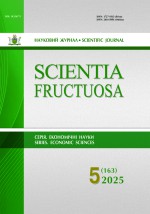The EU's Dual Policy Dilemma: Orbital Sustainability and Digital Autonomy Policies Intertwined

This is an open-access article.
The race to deploy large satellite constellations is justified primarily by citing their societal benefits; however, the interests of the deploying states' are largely driven by geopolitical imperatives, including national security, economic competitiveness, and strategic influence. In the non-geostationary orbit (NGSO), these strategic priorities have overshadowed concerns over orbital sustainability, despite the finite nature of NGSO capacity and radio frequency spectrum. The absence of effective global regulatory frameworks for space traffic management and debris mitigation exacerbates the sustainability risks for the orbital environment, intensifying competition and marginalising late entrants. Within this evolving strategic and regulatory landscape, the European Union (EU) provides a compelling case study of the tensions between defining outer space as a global commons and developing a sovereign large satellite constellation as part of its critical infrastructure. Focusing on the EU's Infrastructure for Resilience, Interconnectivity, and Security by Satellite (IRIS2), the analysis explores how ambitions for digital autonomy intersect with, and at times contradict, sustainability commitments. The paper highlights the governance gaps that enable such contradictions to persist and reflects on their implications for the evolving architecture of global space governance.



